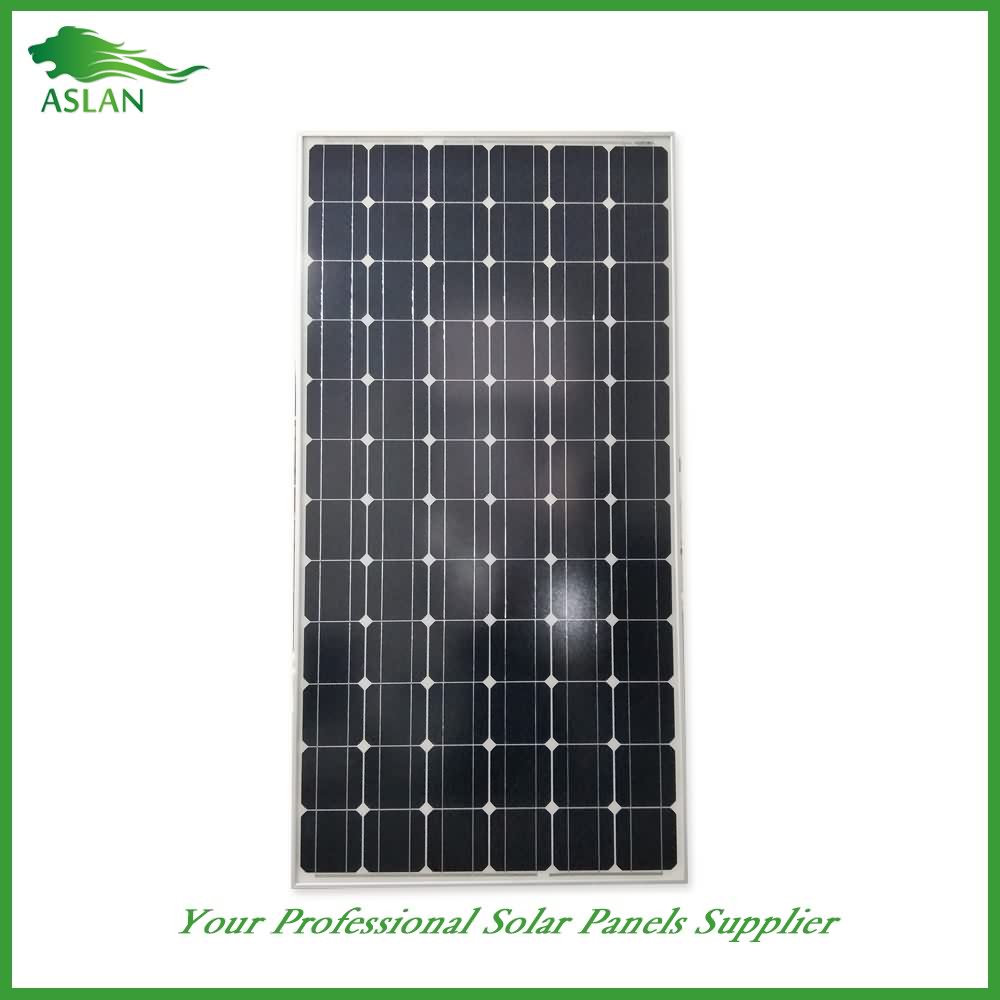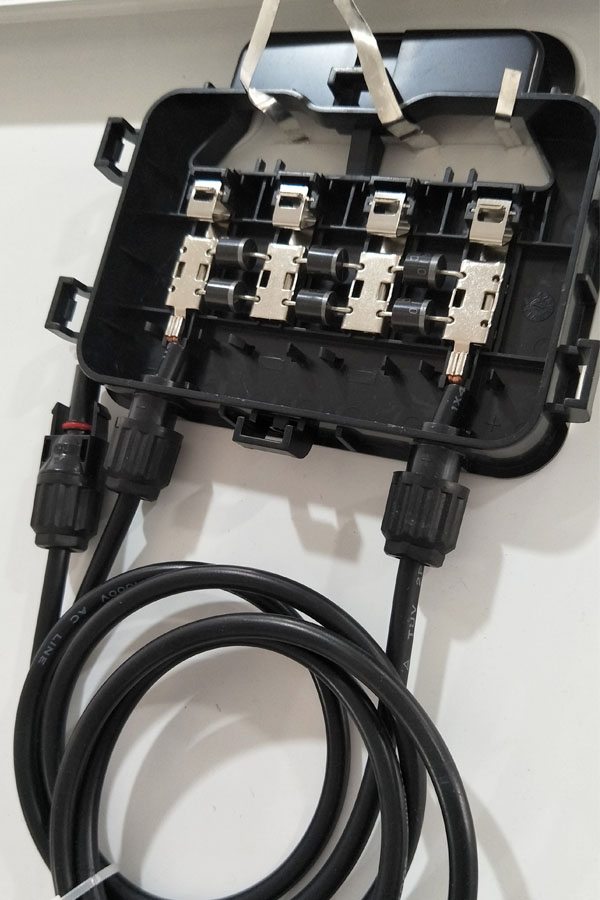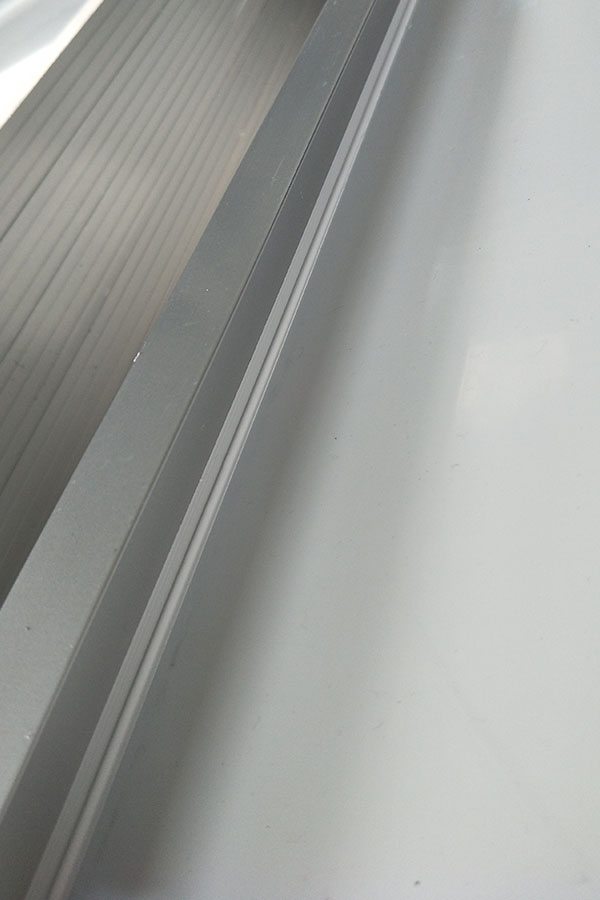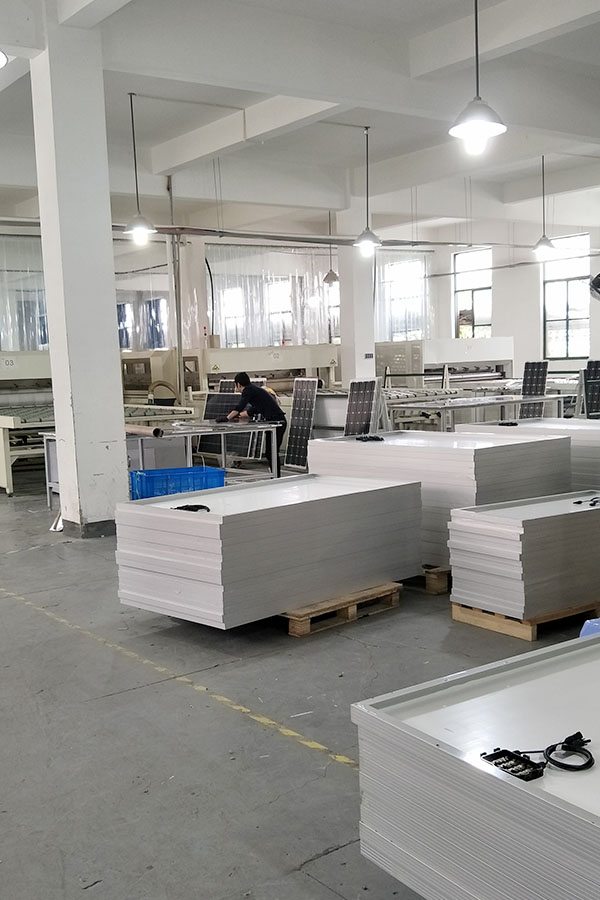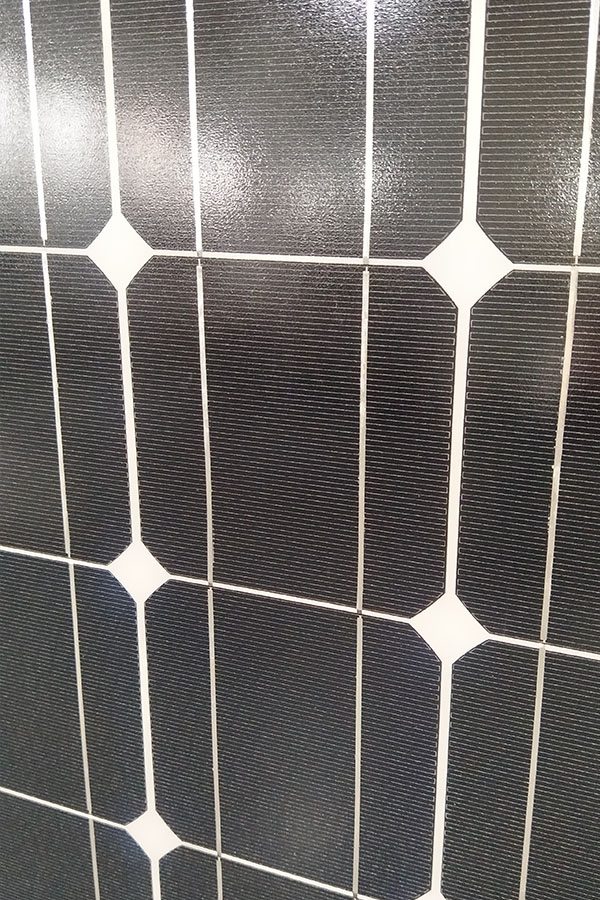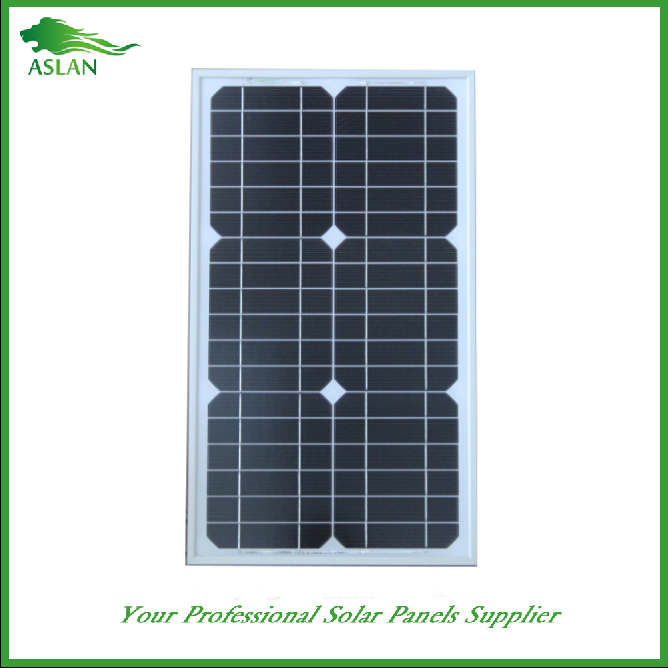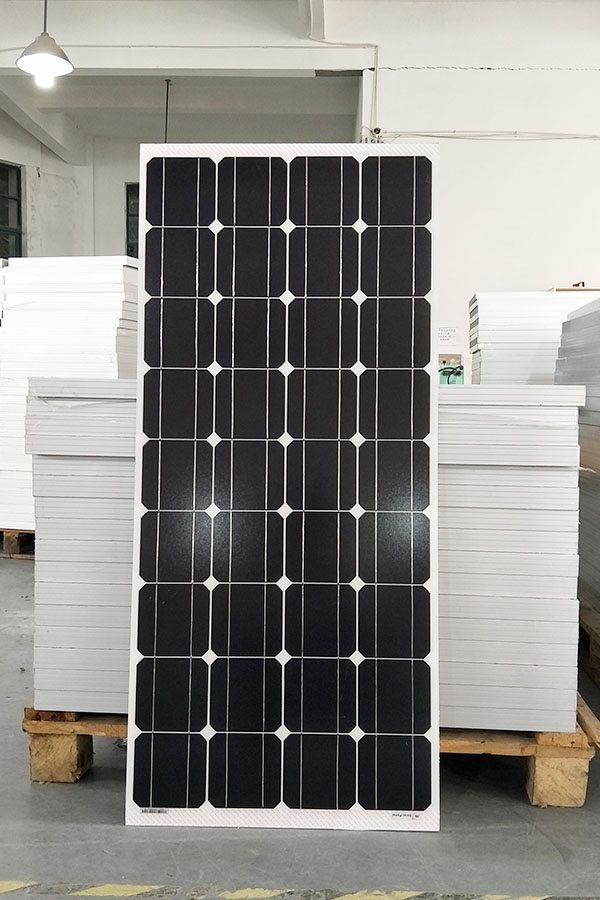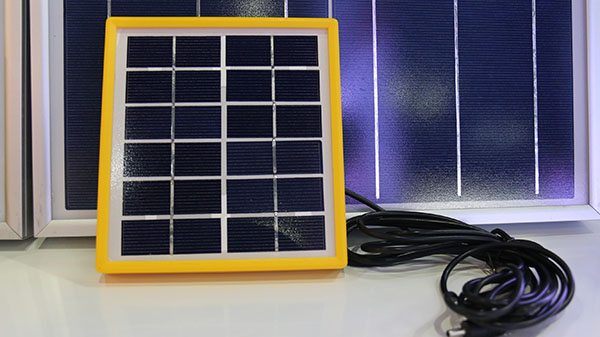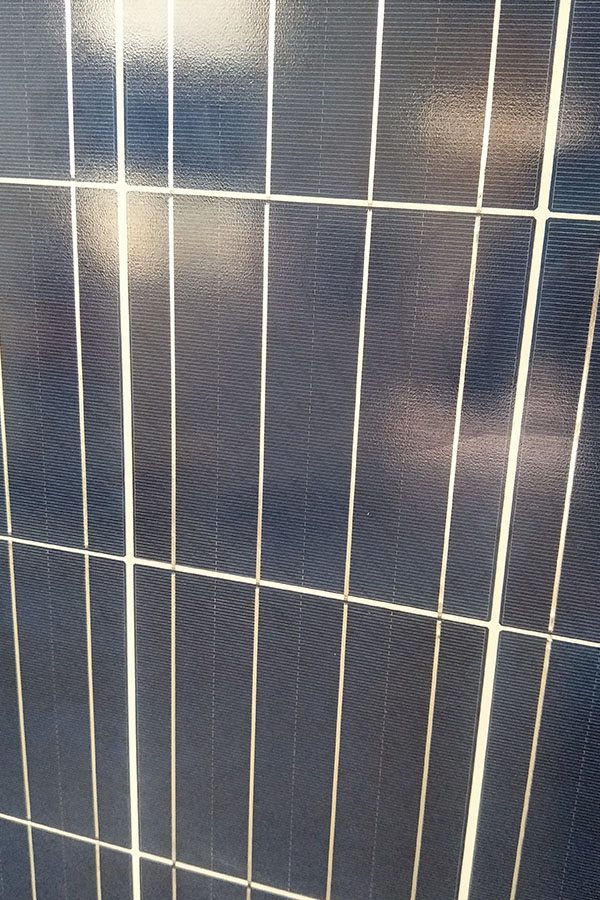OEM/ODM Factory for Mono-Crystalline 300W Solar Panel Wholesale to Birmingham
Short Description:
Gaining customer satisfaction is our company's aim forever. We will make great efforts to develop new and top-quality products, meet your special requirements and provide you with pre-sale, on-sale and after-sale services for OEM/ODM Factory for Mono-Crystalline 300W Solar Panel Wholesale to Birmingham, We invites you and your enterprise to thrive together with us and share a bright future in global market.
Mono-Crystalline 300W Solar Panel
Technical parameter
Maximum Power(W) 300W
Optimum Power Voltage(Vmp) 37.45V
Optimum Operating Current(Imp) 8.15A
Open Circuit Voltage(Voc) 45.60V
Short Circuit Current(Isc) 8.91A
Mechanical Characteristics
Cell Type Monocrystalline 156x156mm (6 inch)
No of Cell 72 (6x12pcs)
Dimensions 1950x990x50mm
Weight 22.1Kg
Front Glass 3.2mm,High Transmission, Low Iron,Tempered Glass
Junction box IP65 Rated
Output Cable TUV 1×4.0mm2/UL12AWG,Length:900mm
Temperature and Coefficients
Operating Temperature(°C): -40°C ~ + 85°C
Maximum System Voltage: 600V(UL)/1000V(IEC) DC
Maximum Rated Current Series: 15A
Temperature Coefficients of Pmax: -0.47%
Temperature Coefficients of Voc: -0.389%
Temperature Coefficients of Isc: 0.057%
Nominal Operationg Cell Temperature (NOCT): 47+/-2°C
Materials of solar panel
1).Solar Cell——Mono-crystalline solar cell 156*156mm
2).Front Glass——-3.2mm, high transmission, low iron, tempered glass
3).EVA——-excellent anti-aging EVA
4).TPT——-TPT hot seal made of flame resistance
5).Frame——anodized aluminum profile
6).Junction Box——-IP65 rated, high quality, with diode protection
Superiority: high quality anodized aluminum frame, high efficiency long life, easy installation, strong wind resistance, strong hail resistance.
Features
1. High cell efficiency with quality silicon materials for long term output stability
2. Strictly quality control ensure the stability and reliability, totally 23 QC procedures
3. High transmittance low iron tempered glass with enhanced stiffness and impact resistance
4. Both Polycrystalline and Mono-crystalline
5. Excellent performance in harsh weather
6. Outstanding electrical performance under high temperature and low irradiance
Quality assurance testing
Thermal cycling test
Thermal shock test
Thermal/Freezing and high humidity cycling test
Electrical isolation test
Hail impact test
Mechanical, wind and twist loading test
Salt mist test
Light and water-exposure test
Moist carbon dioxide/sulphur dioxide
Contact [email protected] to license this or any News Direct video
For story suggestions please contact [email protected]
RESTRICTIONS: NONE
NASA’s Voyager-2 is currently in a region of space known as the Heliosheath. This forms part of the Heliosphere, a giant multi-tiered magnetic bubble originating from the sun in which our solar system resides.
The Heliosheath is a turbulent region of space is wrought with 700 kilometer per hour solarwinds. It’s past the termination shock, an outer limit of our solar system where these winds are impacted by interstellar winds.
Outside the Heliosheath is the Heliopause, an area that balances both winds, sending them back down to the tail of the Heliosphere.
Beyond the Heliopause is interstellar space, the space between stars. This is where Voyager-1 is currently located.
Both probes are expected to run out of power by 2020.
RUNDOWN SHOWS:
1. Depiction of probe in Heliosheath
2. Explanation of Heliosphere and Heliosheath
3. Overview of Heliosphere and solar and interstellar winds
4. Depiction of probe in interstellar space
VOICEOVER (in English):
“NASA’s Voyager-2, launched 40 years ago on August 20, 1977. It’s currently in a region of space known as the Heliosheath[a]”
“This forms part of the Heliosphere[b]. That’s a giant multi-tiered magnetic bubble originating from the sun in which our solar system resides.”
“The Heliosheath is a turbulent region of space that has 700 kilometer-per-hour solarwinds.”
“The Heliosheath is past the the termination shock, an outer limit of our solar system where these winds are impacted by interstellar winds.”
“Outside the Heliosheath, is the Heliopause an area that balances both winds, sending
them back down to the tail of the Heliosphere.”
“And beyond that is interstellar space, the space between stars. This where Voyager-1 currently is.”
SOURCES: NASA
https://www.jpl.nasa.gov/voyager/mission/status/
https://www.jpl.nasa.gov/voyager/mission/interstellar-mission/
https://www.nasa.gov/vision/universe/solarsystem/voyager-interstellar-terms.html
https://www.nasa.gov/mission_pages/voyager/pia13892.html
https://www.nasa.gov/mission_pages/voyager/heliosphere-surprise.html
***
For story suggestions please contact [email protected]
For technical and editorial support, please contact:
Asia: +61 2 93 73 1841
Europe: +44 20 7542 7599
Americas and Latam: +1 800 738 8377
—————————————-—————————————-—————-
Next Animation Studio’s News Direct service provides daily, high-quality, informative 3D news animations that fill in for missing footage and help viewers understand breaking news stories or in-depth features on science, technology, and health.
Sign up for a free trial of News Direct’s news animations at http://newsdirect.nextanimationstudio.com/trial/
To subscribe to News Direct or for more info, please visit:
http://newsdirect.nextanimationstudio.com
With a Skytech Solar residential solar installation, you have the option of requesting a Solar Lease or you can purchase one of our residential solar electric systems upfront with cash. Generally, there are excellent reasons to do both for home solar installation, but we always want to do what would be best for you and your family. After all, everyone’s situation is different and at Skytech Solar, a solar power system for home is completely customizable. Perhaps that’s why Skytech Solar customers tell us that they love to chat with our friendly-solar consultants who review every detail with you for all possible options. Skytech Solar is a leader in residential solar installation in San Francisco because we let you determine what’s best for your individual situation. Below, please find an overview of residential leasing vs. residential buying for a home solar installation.
